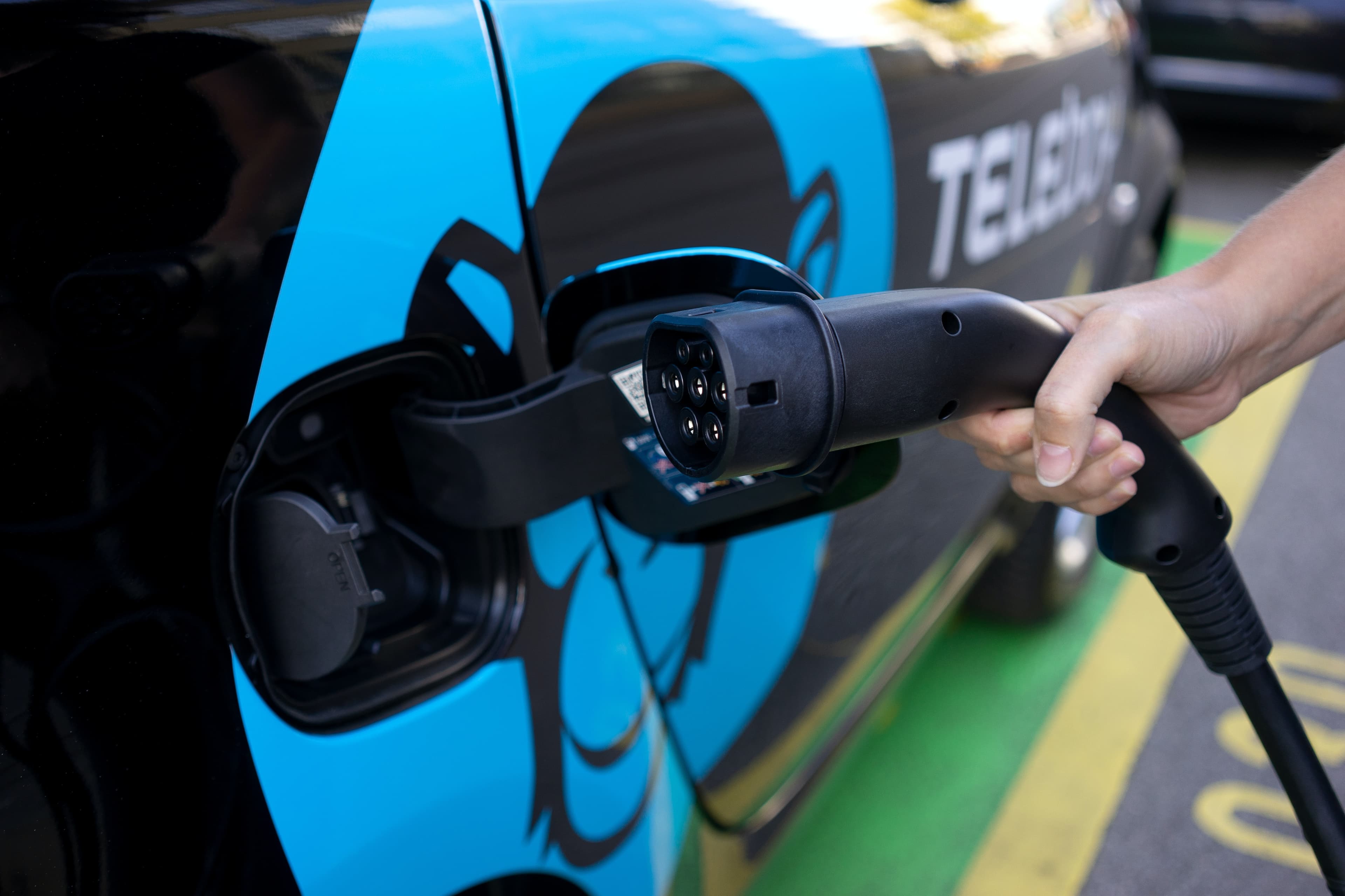The transportation industry is undergoing a monumental transformation, one fueled by the urgency of climate change and the need for greener alternatives. A leading player in this narrative is Daimler Truck AG, which recently made headlines for completing a 1,047-km run with a fuel-cell-electric truck. Here’s an in-depth look at the significance of this technological milestone and what it means for the future of trucking and sustainable transportation.
The Groundbreaking Journey
The truck, a Mercedes-Benz GenH2, was powered by a single fill of hydrogen fuel, challenging the conventional wisdom that zero-emissions and long-haul trucking are mutually exclusive. The journey began at the Mercedes-Benz Truck Customer Center in Woerth am Rhein, Germany, and culminated in Berlin. Andreas Gorbach, the head of truck technology at Daimler Truck AG, fittingly drove the 40-ton configuration across the finish line.
This isn’t just another footnote in the advancement of hydrogen technology; it's a resounding validation. As Gorbach stated during a media briefing, "Today we put an exclamation mark behind the hydrogen story."
The Choice of Hydrogen
What makes hydrogen an attractive option for long-haul trucking? One of the key advantages is its high energy density, particularly in its liquid form. Liquid hydrogen can store more energy per volume than its gaseous counterpart. Matthias Juryko, the CEO of cellcentric, a joint venture between Daimler and Volvo, elaborates that the physical form of hydrogen—liquid or gas—doesn't significantly affect its storage pressure, which remains as low as what you’d find in a bicycle tube.
For this particular run, Air Liquide provided green hydrogen produced from biomethane. The fuel was stored in two 40-kilogram tanks mounted on the truck chassis, chilled to a frigid -253 C, thus making it possible to store 71 kg of fuel per cubic meter. This is in stark contrast to the 46 kg and 26 kg that would be stored at pressures of 700 bar and 350 bar, respectively.
The Infrastructure Challenge
Despite the promising results, hydrogen is not without its challenges. The most glaring issue is infrastructure. Gorbach continues to stress that more investments are required to upscale green hydrogen production and the accompanying infrastructure. "We see the infrastructure and energy availability as the bottleneck," he said.
The American Context
While Europe has taken an early lead in this domain, Gorbach points out that the United States could play a pivotal role in the hydrogen economy, specifically with blue hydrogen derived from natural gas. The versatility of hydrogen also means that it can fit well into a broader energy strategy. "Battery-electric technology won’t decarbonize transportation on its own," he added, highlighting the limitations of batteries, especially for long-haul routes.
The Future and Financials
Daimler Truck is already aiming for series production by the latter half of this decade. However, it’s essential to remember that the greener the technology, the steeper the price—at least for now. Zero-emission vehicles are still more expensive than their diesel counterparts, primarily because CO2 prices have not yet been fully integrated into fuel costs.
The Canadian Connection
Canada is also playing a role in this revolutionary story. According to Juryko, much of the work on fuel cells is set to continue in Canada, specifically in Burnaby, which he likens to the "Silicon Valley for fuel cells."
Conclusion
The success of Daimler Truck's 1,047-km run marks a significant milestone in the journey towards greener long-haul transportation. With its high energy density and flexibility, hydrogen is emerging as a front-runner in the race against time to decarbonize the trucking industry. However, challenges remain, most notably the need for a more robust infrastructure. As the world watches, Daimler Truck's audacious steps forward could very well change the face of transportation as we know it.
